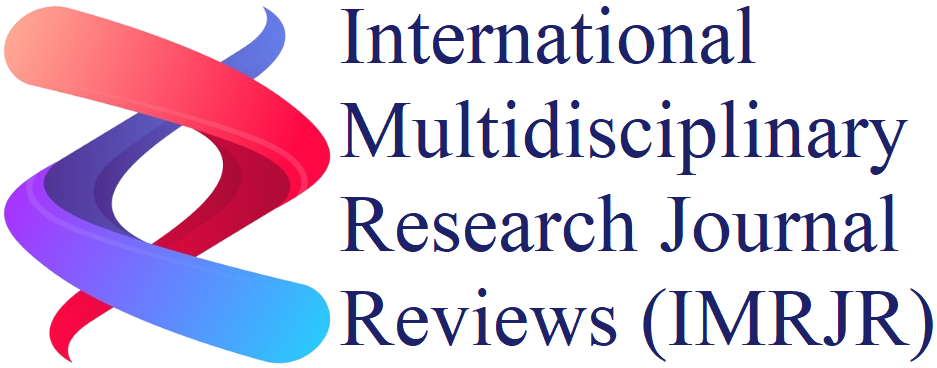Abstract: The insurance sector in Nepal, while having significant potential to bolster economic stability and resilience, remains underdeveloped due to persistent systemic challenges. With an insurance penetration rate of just 2.8% of GDP, Nepal lags far behind regional counterparts such as India, where the penetration rate is 7.1%. This disparity is indicative of deep-rooted issues such as low market participation, regulatory inefficiencies, a lack of consumer awareness and ambiguous legal doctrines that hinder the sector’s growth. Despite the country’s vulnerability to natural disasters, economic shocks and health crises, the insurance market continues to operate in a largely fragmented and limited capacity. This article delves into the current state of Nepal’s insurance sector in light of the Insurance Act, 2079 (2022), which governs the industry’s operations. The Act represents a step towards modernizing the regulatory environment but is marred by ambiguities and loopholes that impede its effectiveness in addressing the full spectrum of issues facing the sector. One of the primary areas of concern is the application and enforcement of key foundational insurance doctrines utmost good faith, proximate cause and indemnity which are essential for establishing fairness, transparency and trust in the insurance process. These doctrines have not been effectively codified or enforced in Nepal, leading to a range of legal disputes, fraud and consumer dissatisfaction. The article highlights the importance of integrating these doctrines more thoroughly into Nepal’s legal and regulatory framework. The principle of utmost good faith requires that both parties to an insurance contract disclose all material facts to each other, yet in Nepal, there is a lack of consumer protection in cases of non-disclosure, often leaving policyholders vulnerable to claim denials. The concept of proximate cause, which determines the direct cause of loss or damage, is frequently misinterpreted, leading to conflicting decisions on liability.
Similarly, the principle of indemnity, which aims to restore the insured to their pre-loss financial position, is often poorly enforced, enabling over-insurance fraud and undermining the integrity of the system. In addition to addressing doctrinal challenges, the article proposes a comprehensive examination of global best practices from countries with more mature insurance industries, such as the UK, EU, Japan and India. By comparing Nepal’s current practices with those of these countries, the study identifies potential reforms that could help close the gap. For instance, the EU’s Solvency II framework, which mandates that insurers maintain capital proportional to their risk exposure, offers valuable lessons in risk management and financial stability that could be applied in Nepal’s context. Likewise, Japan’s public-private partnerships for catastrophe insurance particularly in relation to earthquake risks provide a model for Nepal to mitigate the financial burden of frequent natural disasters. Furthermore, the study calls for greater use of technology to modernize claims processing, enhance consumer education and streamline risk management. The integration of artificial intelligence (AI) and machine learning in claims settlement, as demonstrated by companies like Lemonade in the USA, can reduce the time and cost involved in processing claims, thereby improving customer satisfaction and trust. Digital platforms can also facilitate easier access to insurance products, especially in rural and remote areas where financial literacy is low.
The findings of this article underscore the importance of regulatory modernization, with a focus on increasing transparency, strengthening consumer protection and aligning local doctrines with global best practices. By adopting international standards and integrating technology into insurance operations, Nepal has the potential to build a more resilient, inclusive and transparent insurance ecosystem. Such reforms would not only support the growth of the insurance sector but also contribute to broader economic development, by providing individuals, businesses and the government with a robust risk management tool. Ultimately, the article argues that a comprehensive approach to regulatory reform, doctrinal clarity and technological innovation can position Nepal’s insurance sector as a cornerstone of economic stability and resilience, benefiting the country’s long-term growth and development.
Keywords: Nepal insurance sector, regulatory reforms, foundational doctrines, utmost good faith, proximate cause, indemnity, global best practices, market penetration, fraud, insurance technology, legal framework.
Download:
![]() |
DOI:
10.17148/IMRJR.2024.010305
|
DOI:
10.17148/IMRJR.2024.010305
[1] Prajwal Bhattarai, "Building a Resilient Insurance Ecosystem: Bridging Doctrinal Gaps and Adopting Global Standards," International Multidisciplinary Research Journal Reviews (IMRJR), 2025, DOI 10.17148/IMRJR.2024.010305

